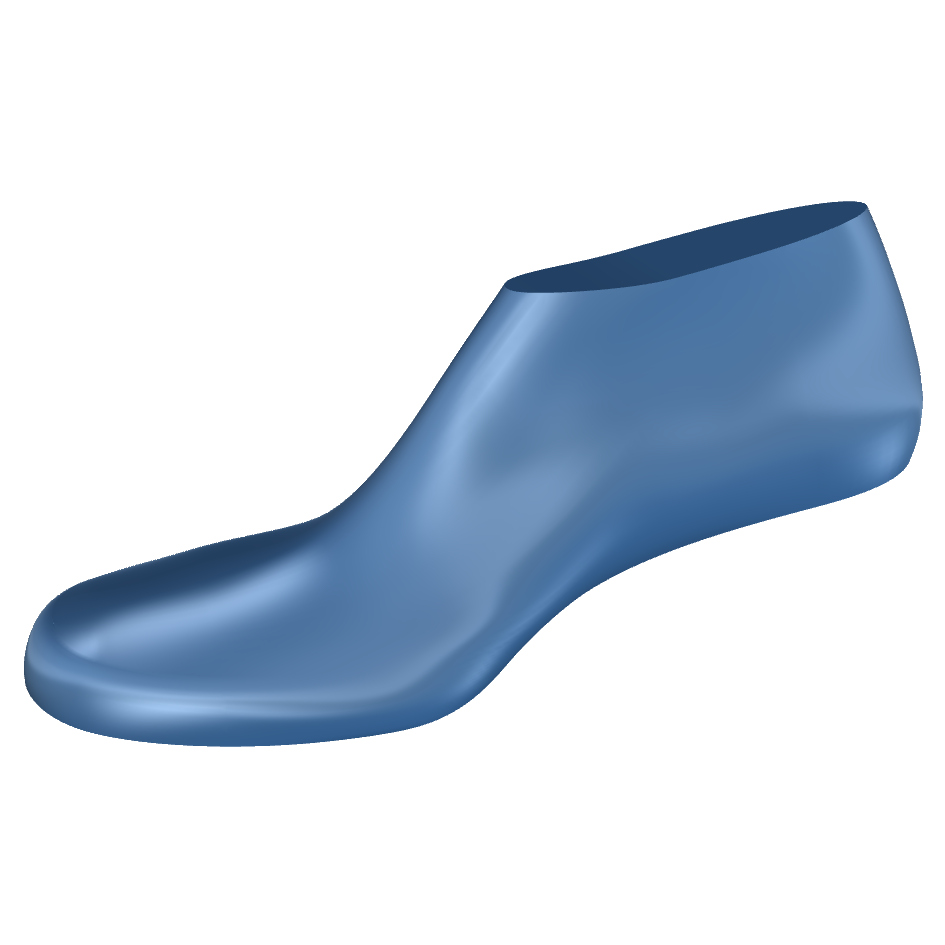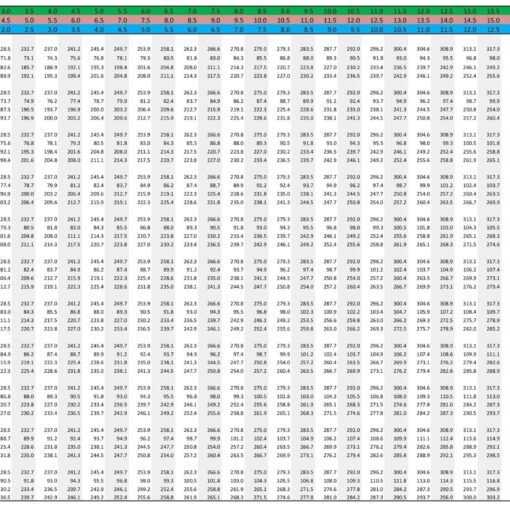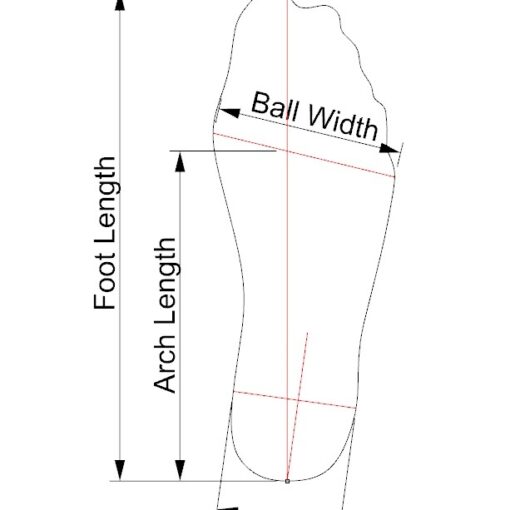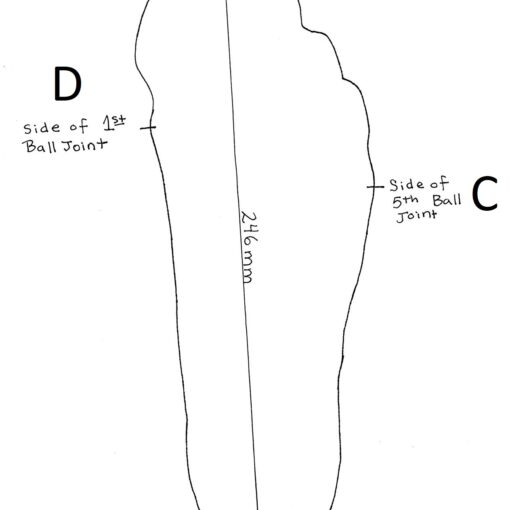Capturing foot geometry is an essential step when ordering bespoke shoe lasts from us. We can accept both hand drawn tracings as well as digital models. Usually we receive the former, given most of our customers are small scale shoemakers without the volume to justify expensive and complex scanning systems.
But there is a surprising alternative that is cheap, simple, and even superior in some ways to fancy 3D foot scanners. And most of us already have one. And it isn’t our smart phone (foot scanning apps so far have been disappointing). Rather, it is a standard, run-of-the-mill, flatbed desktop scanner. They are very cheap, extremely accurate, easy to use, and output common image files.

The type of flatbed document scanner you will want is CCD rather than CIS, given the greater depth of field. It is the bulkier of the two. If you have any doubt, just look up the model.
Something critical to note is that flatbed document scanners were obviously never designed to be stood on. If you do this, you will almost certainly break it and even risk seriously cutting yourself on broken glass. You might be able to get away with resting your foot gently on it, which is what we used to do, but we can’t guarantee this won’t break it either. Another solution we’ve used is to build a box with a sturdy glass plate top to house the scanner. If you do take this approach, we’ll need a calibration image of a piece of letter sized paper to check the affect on image scale.
Another physical limitation of using document scanners for capturing foot outlines is that the scanning area is typically too short for large feet (around US men’s size 14 and above). You could always orient the foot diagonally, but the better solution would be to find a flatbed scanner that can do legal sized documents.
When sending us foot images from flatbed scanners, we do ask that you mark the first and fifth ball joints. This helps us when interpreting the images. The way we like for this to be done is by cutting two pieces of ~1″ dowel to a couple inches long and then butting them up against the sides of the first and fifth ball joint before capturing the scan.

Once you have scanned images of the left and right feet, simply pick a style from our shoe lasts for sale page, then choose bespoke from the “Level of Customization” dropdown, then you’ll have an opportunity to upload the images. You’ll of course still have to provide foot girth measurements too.
We’re happy to help if you have any questions on how to get all this set up.




